Reflections from Los Angeles: a local writer's personal account of the LA fires
Architecture writer and local resident Michael Webb reflects on the devastating 2025 Los Angeles fires and offers his personal account of the events of the last two weeks in California
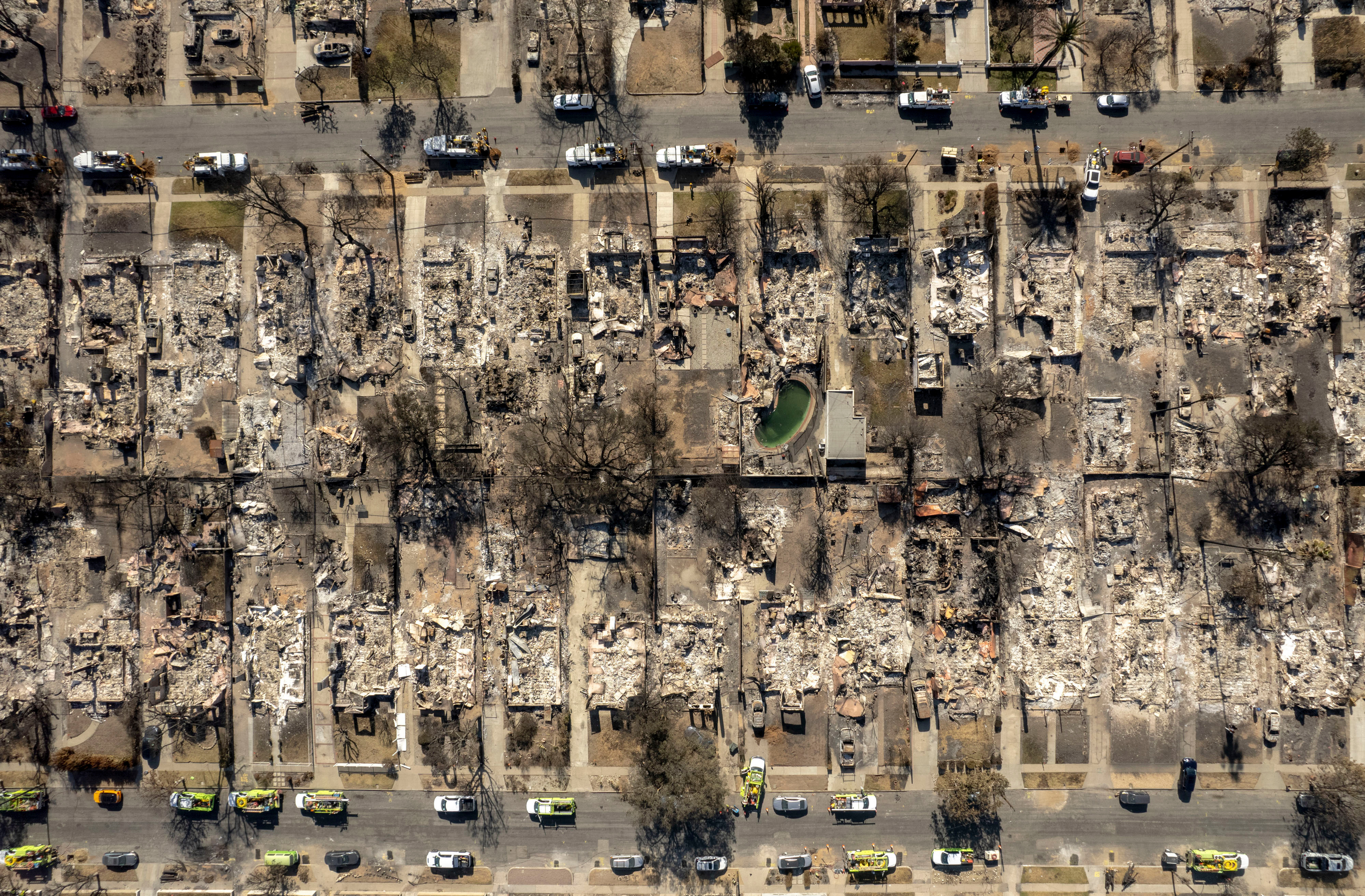
Michael Webb's personal account on the 2025 Los Angeles fires
For me, the 2025 Los Angeles fires state of emergency began on January 10 at 3.48 am with four loud squarks on my iPhone and an urgent message: 'be ready to evacuate.' The Palisades fire was three days old; it was edging east and might suddenly threaten my neighbourhood. The Santa Anas were still gusting and I knew about the risk of embers carried for miles on a strong wind. I’ve lived in a hilltop apartment near UCLA for nearly 50 years; wildfires and earthquakes come with the territory, like hurricanes in Florida and tornadoes in Kansas. Though high-risk zones are several miles away, I always have a bag of clothes and essentials packed and ready to go.
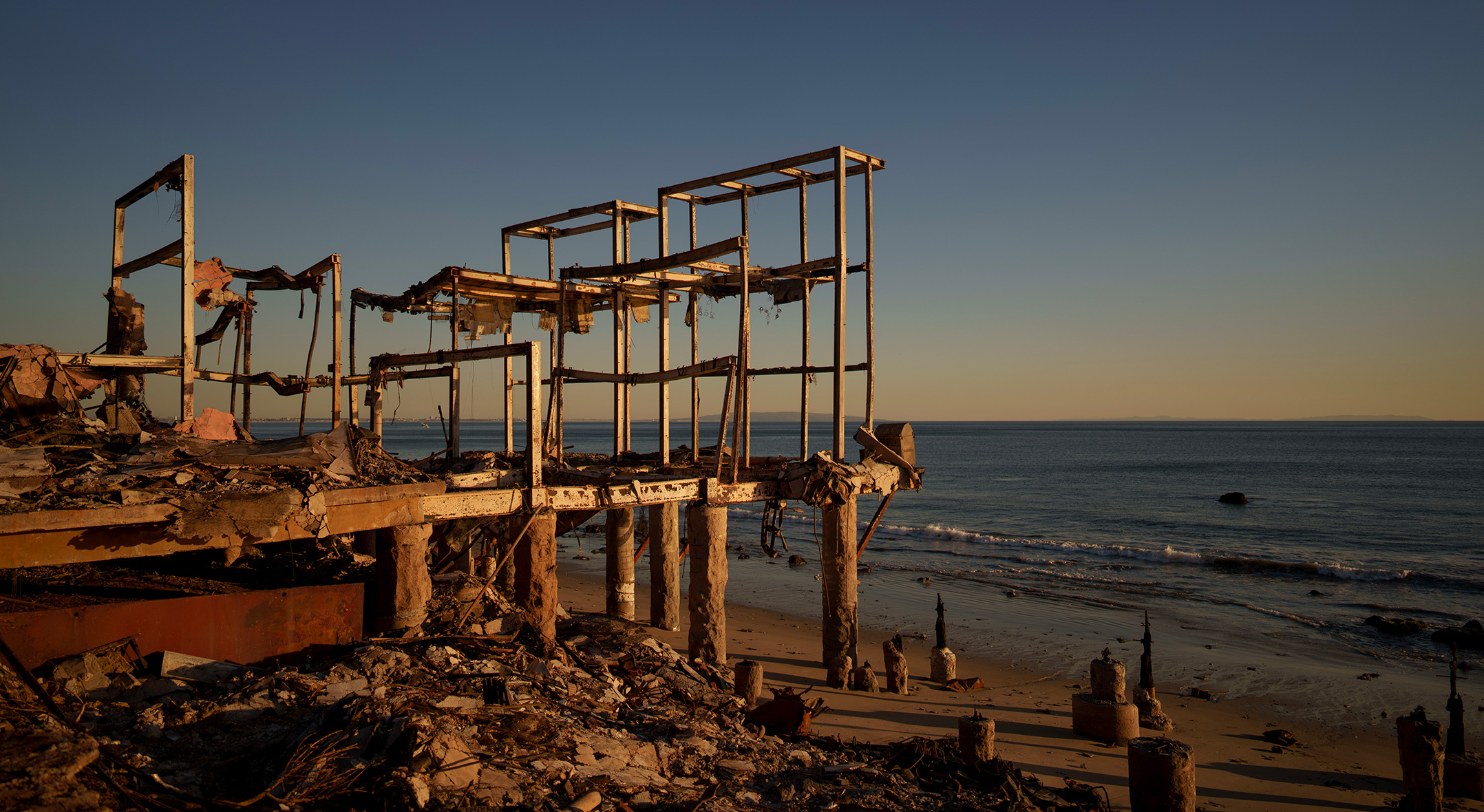
It was the second alert I had received - the first was sent in error and withdrawn the previous day - so I went back to sleep, hoping for the best. I gave away my television set after 9/11, hating the repetitive sensationalism of local stations, and I refuse to watch social media, so I decided to sit tight and rely on a few official online bulletins, which were understandably vague. Better that, than bingeing on footage of destruction, inflammatory rumours, and conspiracy theories that fan the flames.
As a child I survived bombing raids on London; since then I’ve weathered two major earthquakes in southern California, edgy encounters in dark back streets, a flight on Uzbek Airlines and taxis in Teheran. A charmed life—but doubts began to grow. What if I was ordered to flee? I’m too old and creaky to relocate. A friend offered temporary refuge, but I couldn’t imagine losing my historic apartment with all its collections and memories.
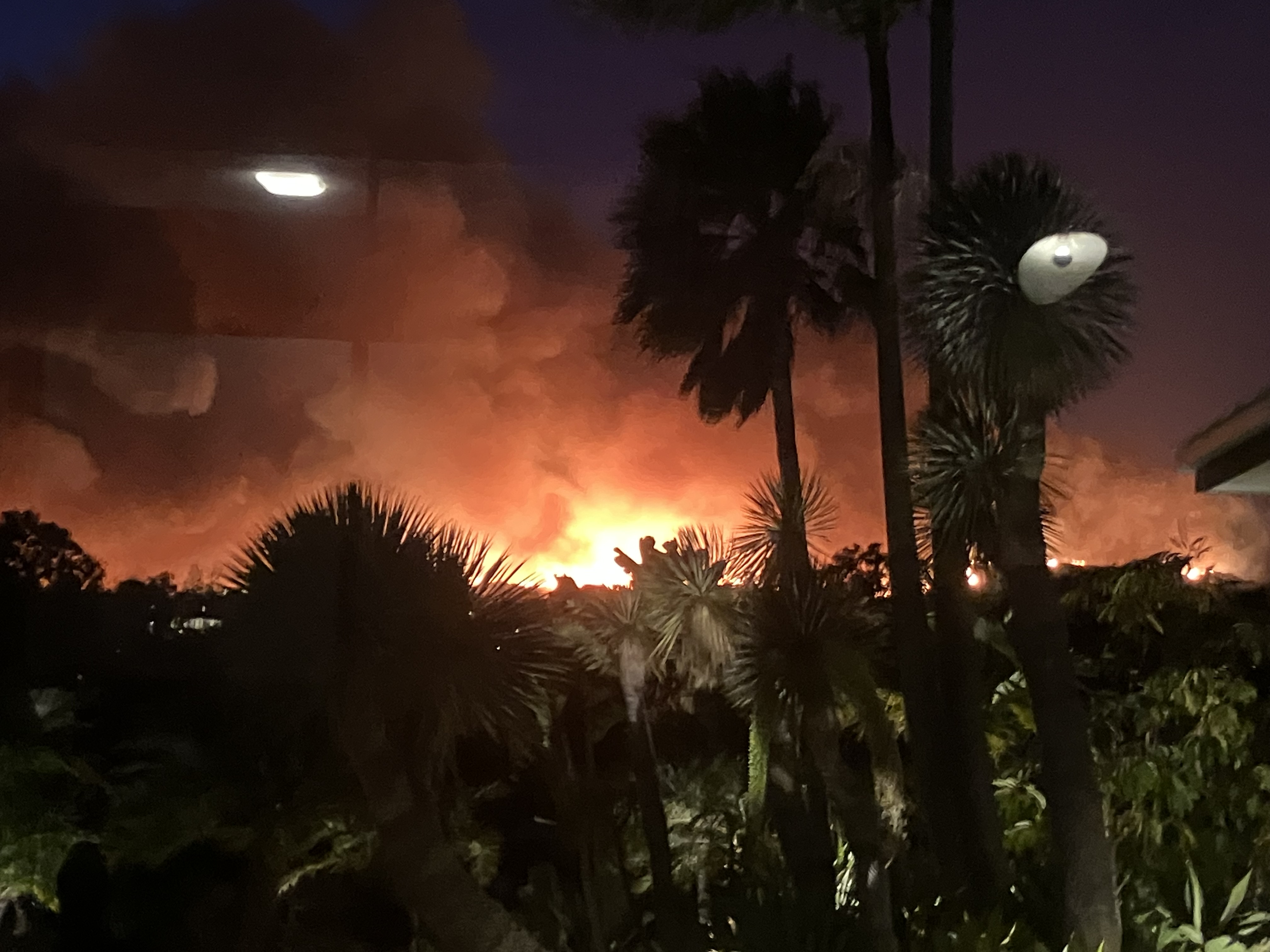
The wind changes made the course of the Palisades fire extremely unpredictable and volatile. Here, shared by our writer's friend, a view of the area during the blaze...
For several days, the Palisades fire raged uncontrolled but without moving closer. Apprehension gave way to resignation and the odd feeling that this was happening somewhere far removed. The sky, yellow with smoke during previous conflagrations, was clear. The street was strangely still since students had been sent home and my neighbours were also waiting for news and postponing trips that might dislodge them before they were ready.
I checked up on people I knew to be at risk—mercifully they were all safe—and the owners of a landmark house sent two snapshots in response. One, taken as they beat a fast retreat, shows flames surging over neighbouring hills; another, taken two days later when they eluded a National Guard patrol to sneak back, has a clear blue sky. Anxious friends from as far away as Bologna and Tokyo called or emailed to check up on me. They had been watching the news as I had not and may have imagined the whole city was being consumed.
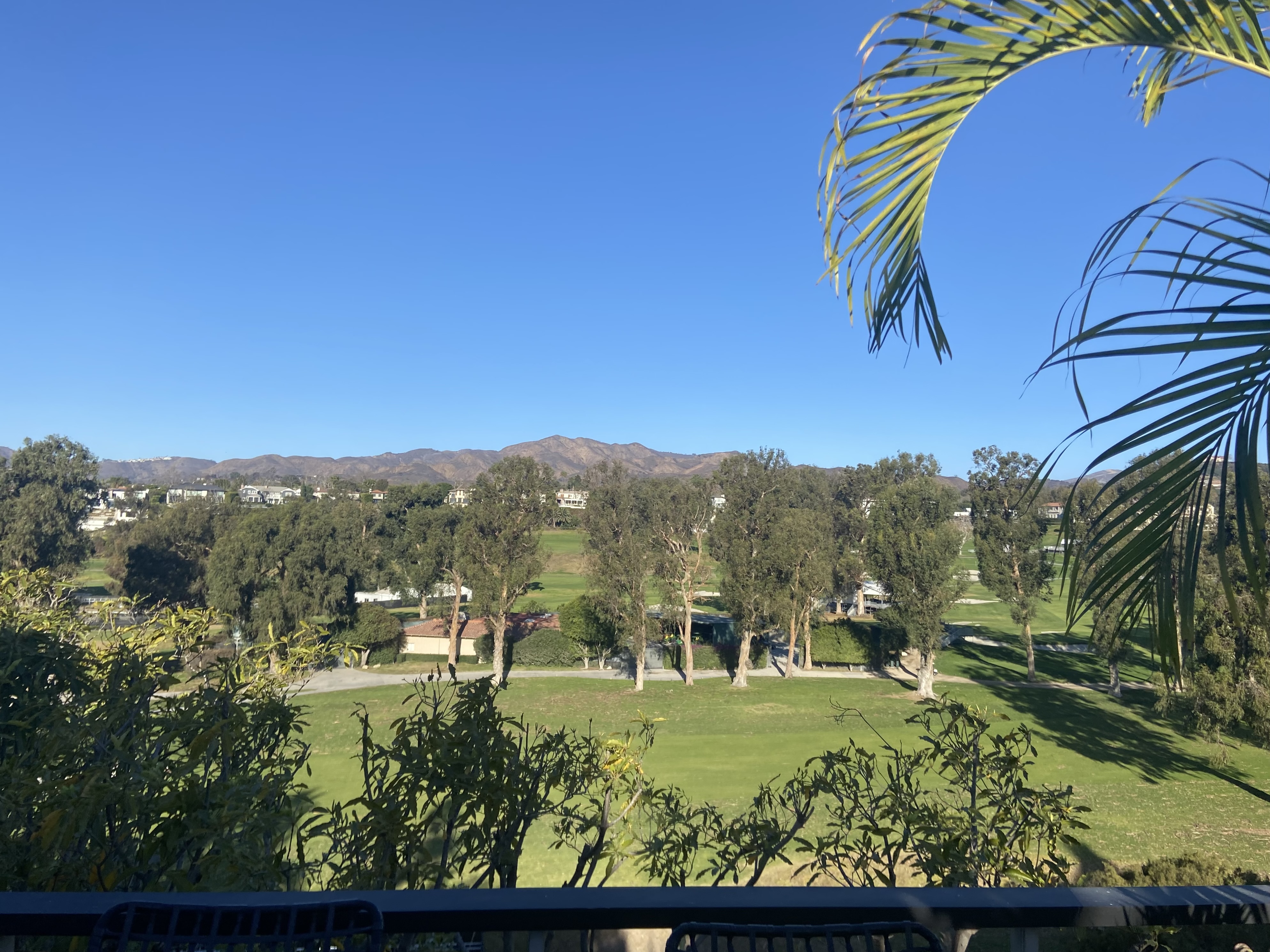
While, two days later, after the wind changed course (the fire hadn't retreated), clear blue skies made it seem like nothing had happened
Gratitude for my own good fortune yielded to deep sadness thinking of wrecked lives and the loss of classic modern buildings I had once written about. I wondered about the Malibu beach house I selected for the cover of California Houses, published just a few months ago. It was harder to mourn many other houses that had disfigured the coastline, shutting off the ocean and compromising the natural beauty of the mountains. How much better if the borders of the Pacific Coast Highway had been preserved as wilderness? They would still have burned, but there would have been no loss of lives and property. It’s easy to romanticize a communion with nature but, like a cuddly bear, it can turn around and eat you.
Two weeks later, the fires are still smouldering and there are sure to be fresh outbreaks when the winds return. It's hard to imagine how Altadena and Pacific Palisades can be recreated from toxic ruins and perhaps they shouldn’t be. Ideally, LA should rezone the 70 per cent of the city reserved for single-family housing and the one-story commercial strips along major boulevards to permit a much denser urban mix of apartments and mixed-use blocks, as in other great cities, and satisfy the demand for more affordable housing. This might also allow authorities to rewild the areas that climate change and recurring droughts have made too risky to live in. A fresh start is needed.
Receive our daily digest of inspiration, escapism and design stories from around the world direct to your inbox.
Michael Webb Hon. AIA/LA has authored 30 books on architecture and design, most recently California Houses: Creativity in Context; Architects’ Houses; and Building Community: New Apartment Architecture, while editing and contributing essays to a score of monographs. He is also a regular contributor to leading journals in the United States, Asia and Europe. Growing up in London, he was an editor at The Times and Country Life, before moving to the US, where he directed film programmes for the American Film Institute and curated a Smithsonian exhibition on the history of the American cinema. He now lives in Los Angeles in the Richard Neutra apartment that was once home to Charles and Ray Eames.
-
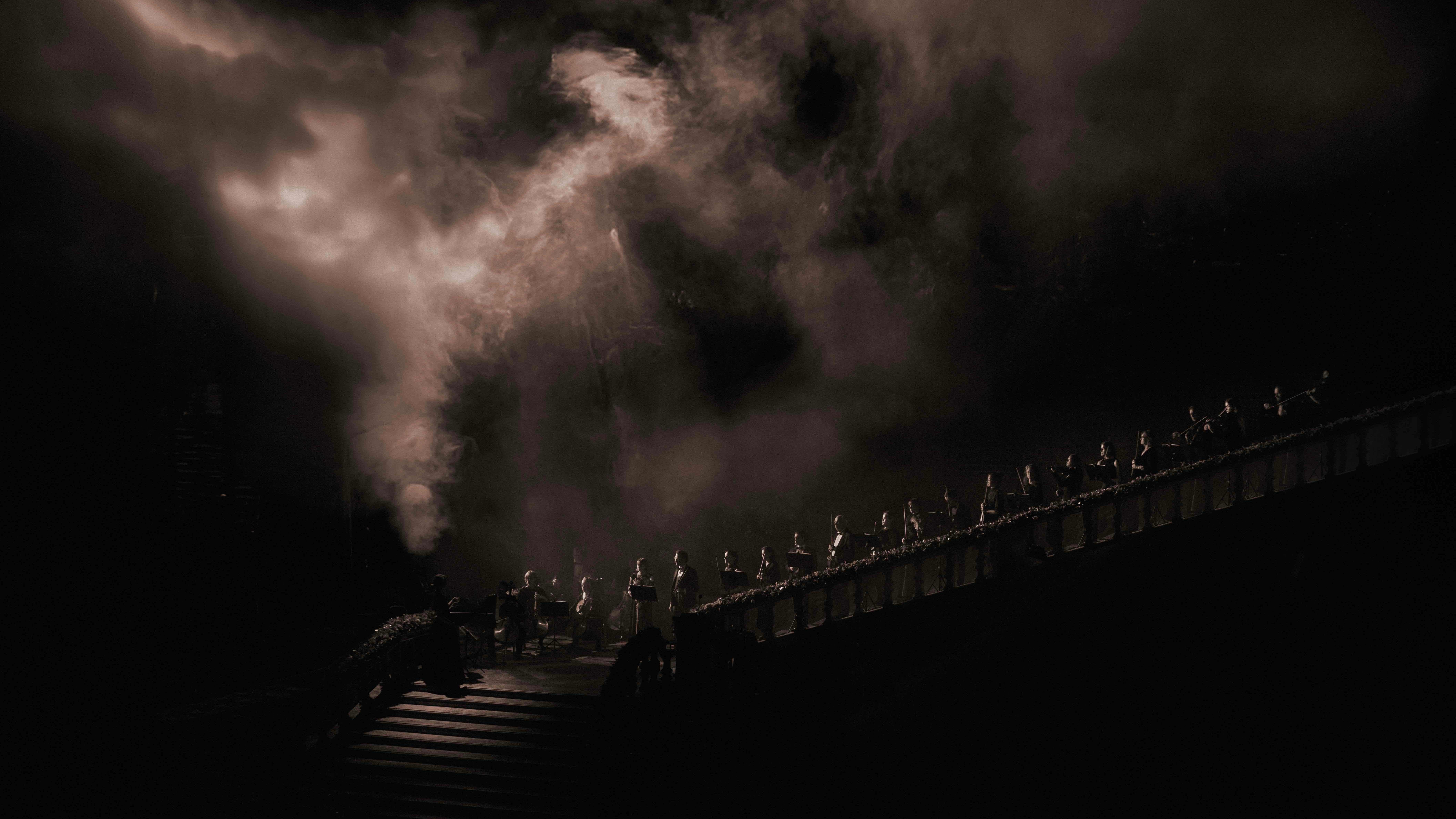 Alexander Wessely turns the Nobel Prize ceremony into a live artwork
Alexander Wessely turns the Nobel Prize ceremony into a live artworkFor the first time, the Nobel Prize banquet has been reimagined as a live artwork. Swedish-Greek artist and scenographer Alexander Wessely speaks to Wallpaper* about creating a three-act meditation on light inside Stockholm City Hall
-
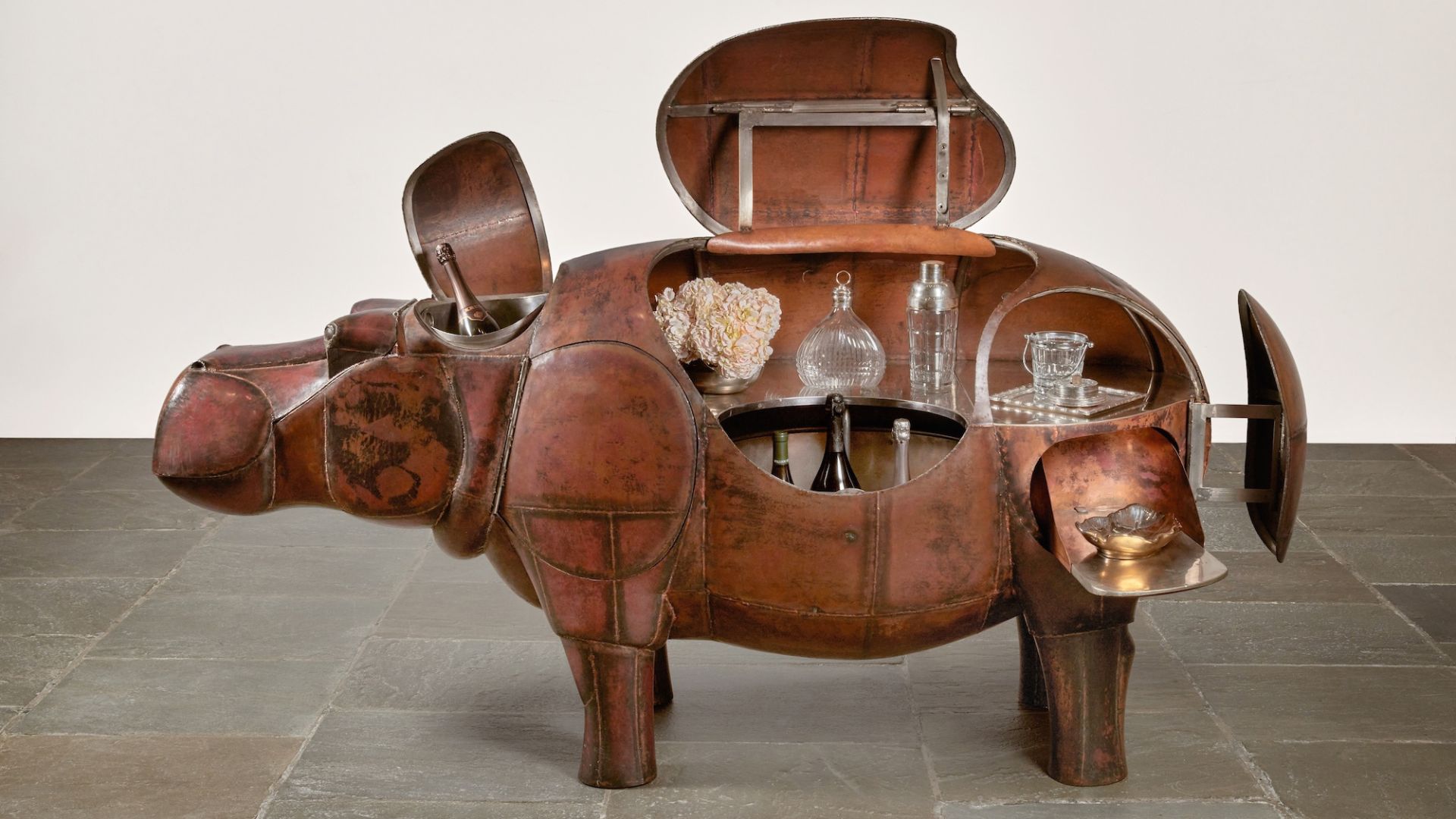 At $31.4 million, this Lalanne hippo just smashed another world auction record at Sotheby’s
At $31.4 million, this Lalanne hippo just smashed another world auction record at Sotheby’sThe jaw-dropping price marked the highest-ever for a work by François-Xavier Lalanne – and for a work of design generally
-
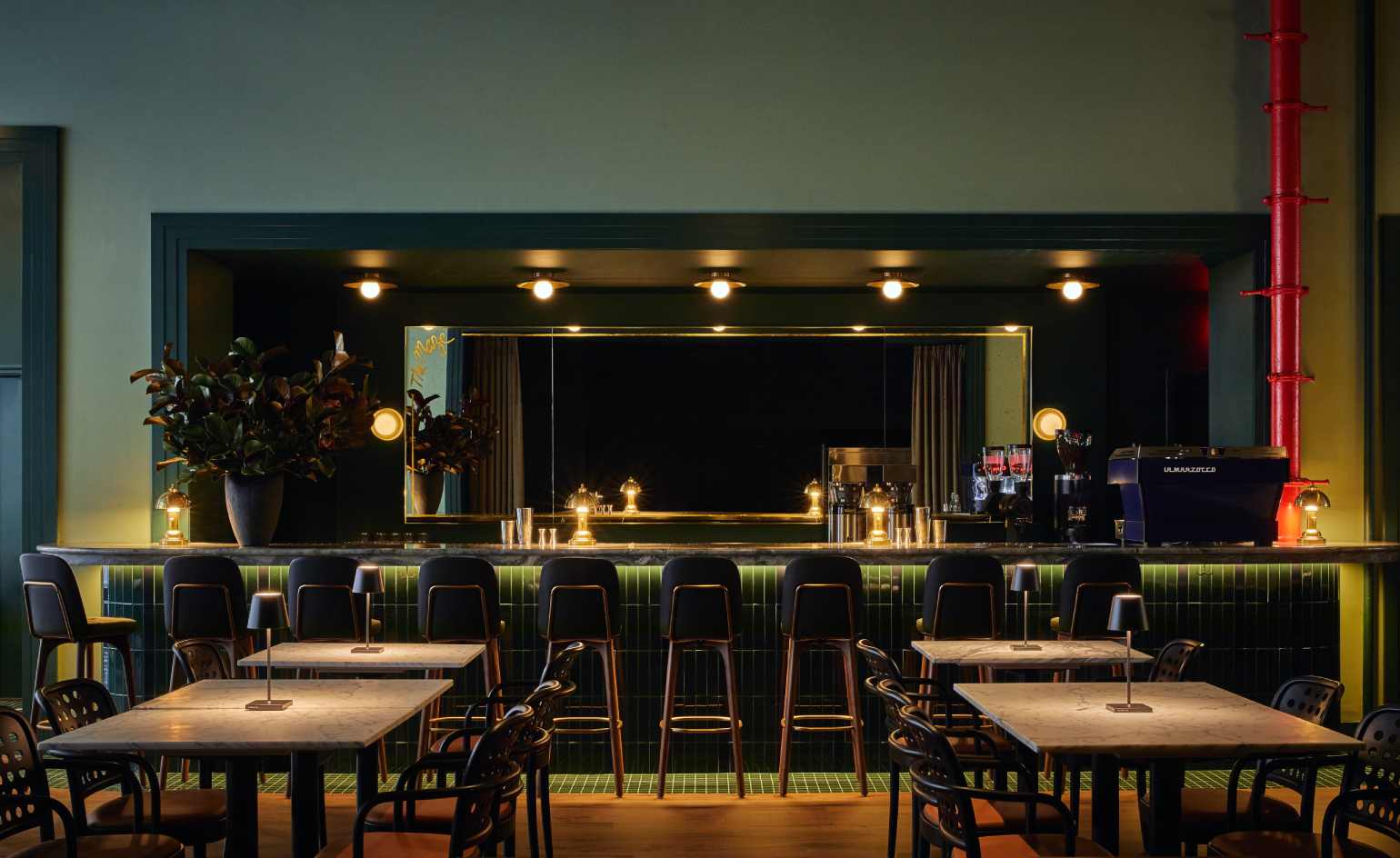 NYC’s first alcohol-free members’ club is full of spirit
NYC’s first alcohol-free members’ club is full of spiritThe Maze NYC is a design-led social hub in Flatiron, redefining how the city gathers with an alcohol-free, community-driven ethos
-
 Step inside this resilient, river-facing cabin for a life with ‘less stuff’
Step inside this resilient, river-facing cabin for a life with ‘less stuff’A tough little cabin designed by architects Wittman Estes, with a big view of the Pacific Northwest's Wenatchee River, is the perfect cosy retreat
-
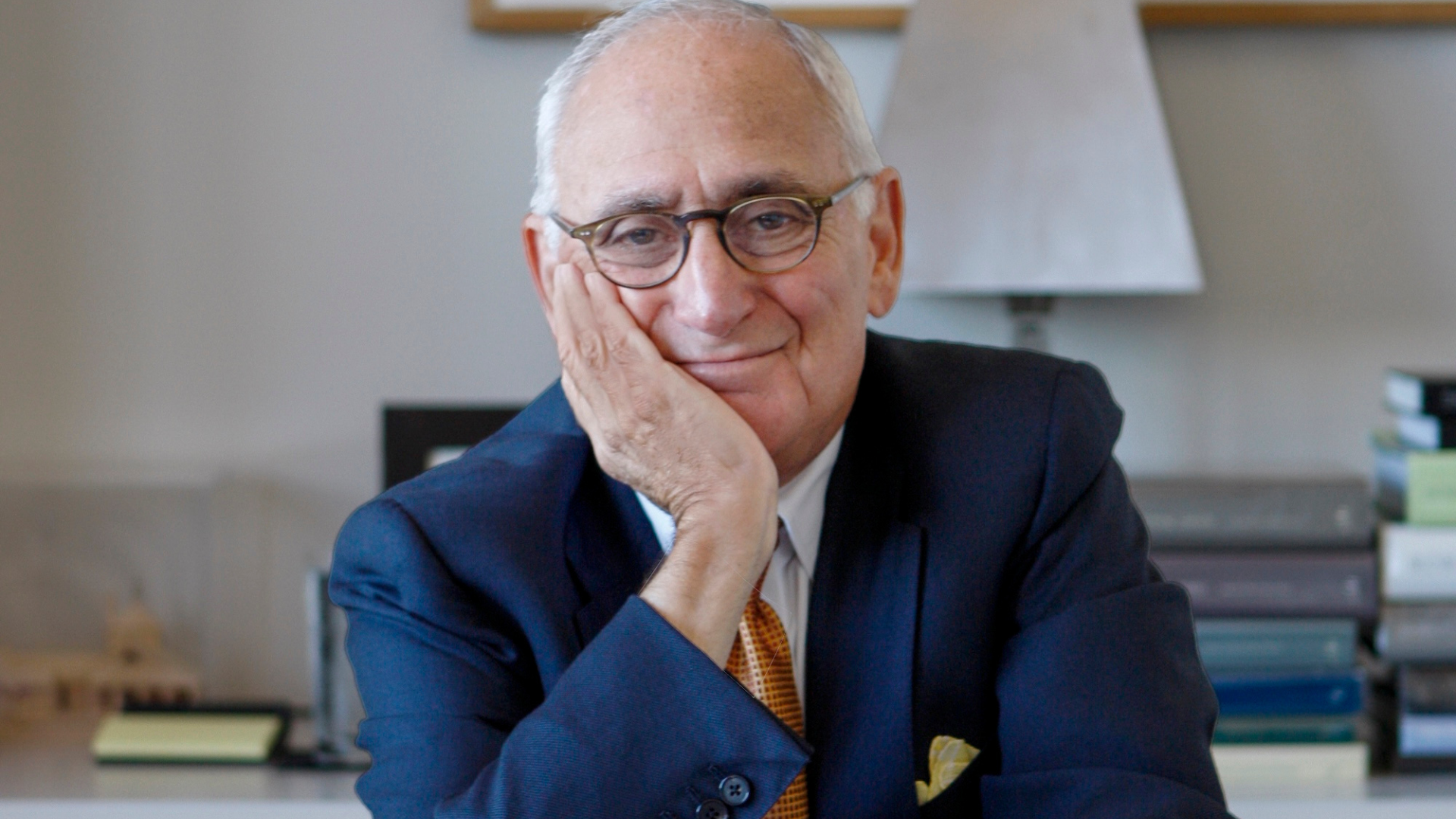 Remembering Robert A.M. Stern, an architect who discovered possibility in the past
Remembering Robert A.M. Stern, an architect who discovered possibility in the pastIt's easy to dismiss the late architect as a traditionalist. But Stern was, in fact, a design rebel whose buildings were as distinctly grand and buttoned-up as his chalk-striped suits
-
 Own an early John Lautner, perched in LA’s Echo Park hills
Own an early John Lautner, perched in LA’s Echo Park hillsThe restored and updated Jules Salkin Residence by John Lautner is a unique piece of Californian design heritage, an early private house by the Frank Lloyd Wright acolyte that points to his future iconic status
-
 The Architecture Edit: Wallpaper’s houses of the month
The Architecture Edit: Wallpaper’s houses of the monthFrom wineries-turned-music studios to fire-resistant holiday homes, these are the properties that have most impressed the Wallpaper* editors this month
-
 The Stahl House – an icon of mid-century modernism – is for sale in Los Angeles
The Stahl House – an icon of mid-century modernism – is for sale in Los AngelesAfter 65 years in the hands of the same family, the home, also known as Case Study House #22, has been listed for $25 million
-
 Houston's Ismaili Centre is the most dazzling new building in America. Here's a look inside
Houston's Ismaili Centre is the most dazzling new building in America. Here's a look insideLondon-based architect Farshid Moussavi designed a new building open to all – and in the process, has created a gleaming new monument
-
 Frank Lloyd Wright’s Fountainhead will be opened to the public for the first time
Frank Lloyd Wright’s Fountainhead will be opened to the public for the first timeThe home, a defining example of the architect’s vision for American design, has been acquired by the Mississippi Museum of Art, which will open it to the public, giving visitors the chance to experience Frank Lloyd Wright’s genius firsthand
-
 Clad in terracotta, these new Williamsburg homes blend loft living and an organic feel
Clad in terracotta, these new Williamsburg homes blend loft living and an organic feelThe Williamsburg homes inside 103 Grand Street, designed by Brooklyn-based architects Of Possible, bring together elegant interiors and dramatic outdoor space in a slick, stacked volume